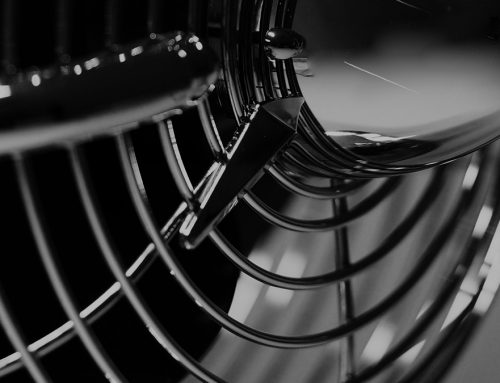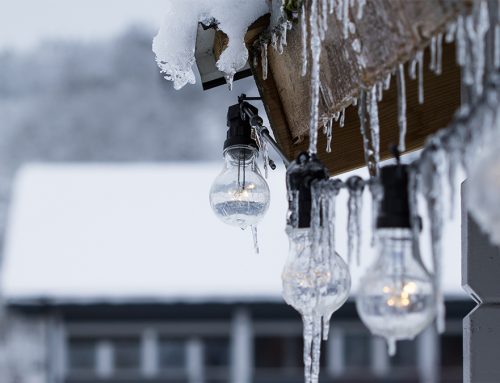Over the winter months, it’s important to ensure that your gas furnace and hot water tanks are not suffering from a blocked intake or exhaust pipe due to a build-up of frost or ice resulting in an unexpected shutdown.
During normal operation, high-efficiency (or “condensing”) furnaces and hot water tanks exhaust the combustion gases and bring in fresh air through PVC pipes to the outside, usually routed through the sidewall of the house. If not checked regularly, problems in these pipes due to frost build-up can affect the operation of the furnace or hot water tank.
Winterize your furnace and hot water tank to withstand the deep freeze with our top tips:
1. Check your pipes
During the winter season, check regularly the exits for the exhaust and intake pipes on the outer wall of the house, to make sure they are not covered by snow or ice. Do not shovel or direct snow near these pipes.
2. No hammer time
Do not use a hammer or similar implement to hit the frozen PVC pipe as it may cause damage to the pipe.
3. Clear your air intake
Some intakes have metal screens that can have a build-up of ice due to condensation. Remove the screen, clear the ice and replace it back in the opening.
4. Be careful with heat
Heating the pipe with hot water, heating tape or portable heaters is also not recommended as rapid changes in temperature can damage the pipe. A PVC pipe is not heat rated to withstand temperatures of heat tape or portable heaters, however, you could try using a handheld hair dryer.
5. Brush away the frost
If you have frost build up inside the pipe, clear it with a soft brush like those to clean dryer vents.
6. Restart your furnace
If your furnace or hot water tank shuts down, a code will be displayed on the control panel. Review your maintenance guide for an explanation of the code and follow the instructions to restart your furnace or hot water tank after the frost or ice build-up has been removed.



